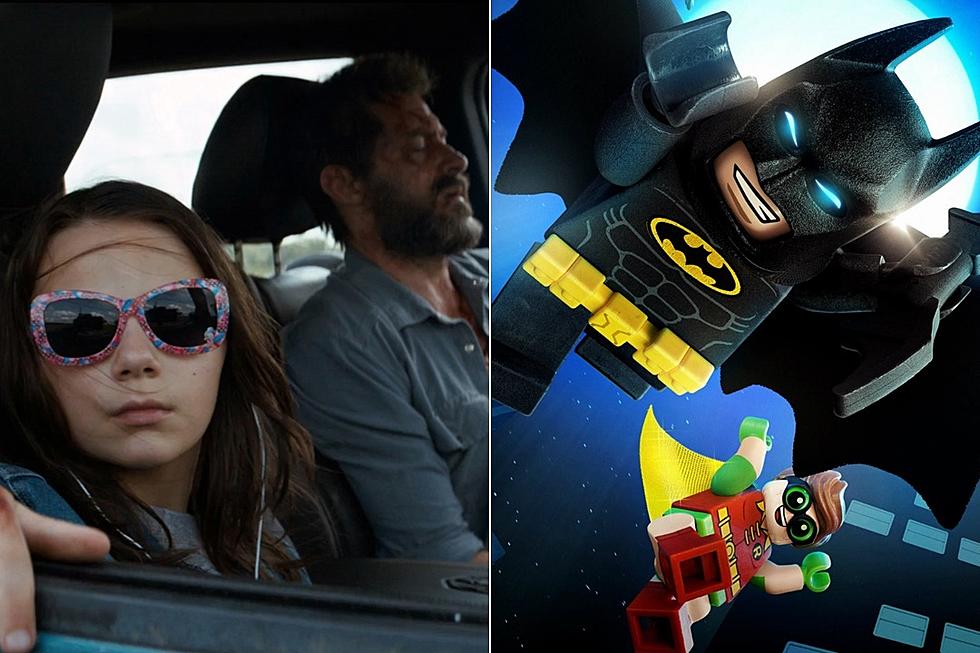
NPR Discovers the Joy That Is M.O.D.O.K.

All too often, we here at ComicsAlliance have to throw the spotlight onto the more awful examples of the mainstream media covering comic books, but every now and then, we find one that's actually pretty great. That's the case today at NPR's Monkey See pop culture blog, where writer Glen Weldon penned an article entitled "In Praise of M.O.D.O.K." that celebrated comics for embracing the fun of a giant-headed telepathic mastermind in a rocket chair who uses trained monkeys to battle super-heroes, because really, there's nothing about that sentence that isn't awesome:
The reason he endures and thrives in the hearts of a specific segment of the comics-reading public is simple, and it speaks to an aspect of comics that, since the rise of such Serious Superhero Fare as Watchmen and Dark Knight, has been shunted roughly aside.
M.O.D.O.K., like much of what is best and brightest about superhero comics, is GOOFY AS HELL.
Weldon goes on to tackle somehing that I've written about here and elsewhere: the tendency among a segment of comics readers to reject what they perceive as "silly," only to embrace things that are equally ridiculous, so long as they have a veneer of being "adult." Case in point, the Punisher, who Weldon cites as the archetypical badass anti-hero. There are fans who outright hate the idea of the Punisher spending a year as a Frankenstein monster, while simultaneously embracing Garth Ennis's definitive take on the character, in which he fights the Russian, who was essentially made into a Frankenstein himself after the Punisher decapitated him. Except, you know, with a ridiculously large bosom.

And beyond that, you've got the fact that the in his own, more "serious" comics, the Punisher has basically been living "Death Wish 3" for the past thirty years. The fact of the matter is, as writer/artist Phil Hester recently pointed out in an interview on War Rocket Ajax, "FrankenCastle is only slightly more improbable than Frank Castle."
The willingness to engage in the strange and outright bizarre is one of the real strengths of the super-hero genre, and it's great to see writers embracing that after years of backlash against... well, fun. Although as Weldon points out, it's not a strict dichotomy: You actually can have it both ways:
There are also comics readers - we few, we happy few, we band of nerdlings - who welcome any lingering remnant of the Age of Whimsy, howsoever it manifests.If forced to choose between grinning-50s-sci-fi-Batman and 80s-one-note-dyspeptic-thug-Batman, we'll take the Bat-rocket, any day. (Happily, it Batman's case at least, we don't have to choose; current Bat-writer Grant Morrison skillfully folds the whimsical into his narrative mix and delights in riffing on some of the goofiest adventures of the Dark Knight's 71 years.)
I will say, this is one thing I have to take issue with. Much as I love Grant Morrison's Batman, that "one-note-dyspeptic-thug" version is responsible for bringing us ComicsAlliance's favorite villain, The KGBeast:

A Russian super-agent in a luchador mask and thigh-high boots who murdered well over a hundred people in like two days, and then cut off his own hand in order to get away from Batman. That guy is fantastic.
Weldon's piece, inspired by Tom Beland's "Fantastic Four: Attaque Del MODOK" makes for a very insightful read, and it's well worth checking out.
More From ComicsAlliance



![The Boys Are Back in Town With Marvel Legends’ New Guardians of the Galaxy Figures [Review]](http://townsquare.media/site/622/files/2017/03/IMG_2839.jpg?w=980&q=75)





